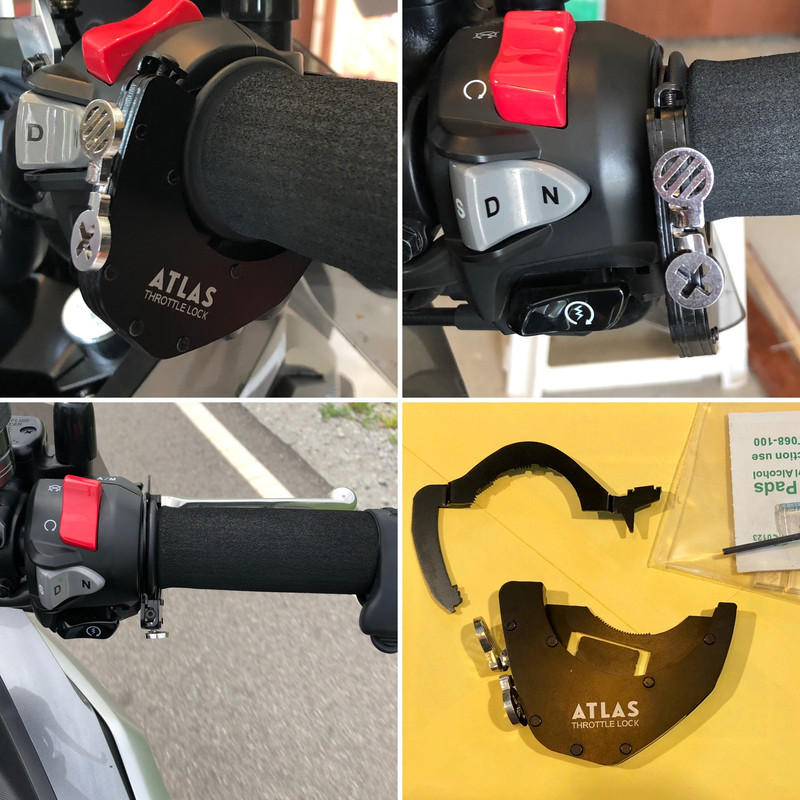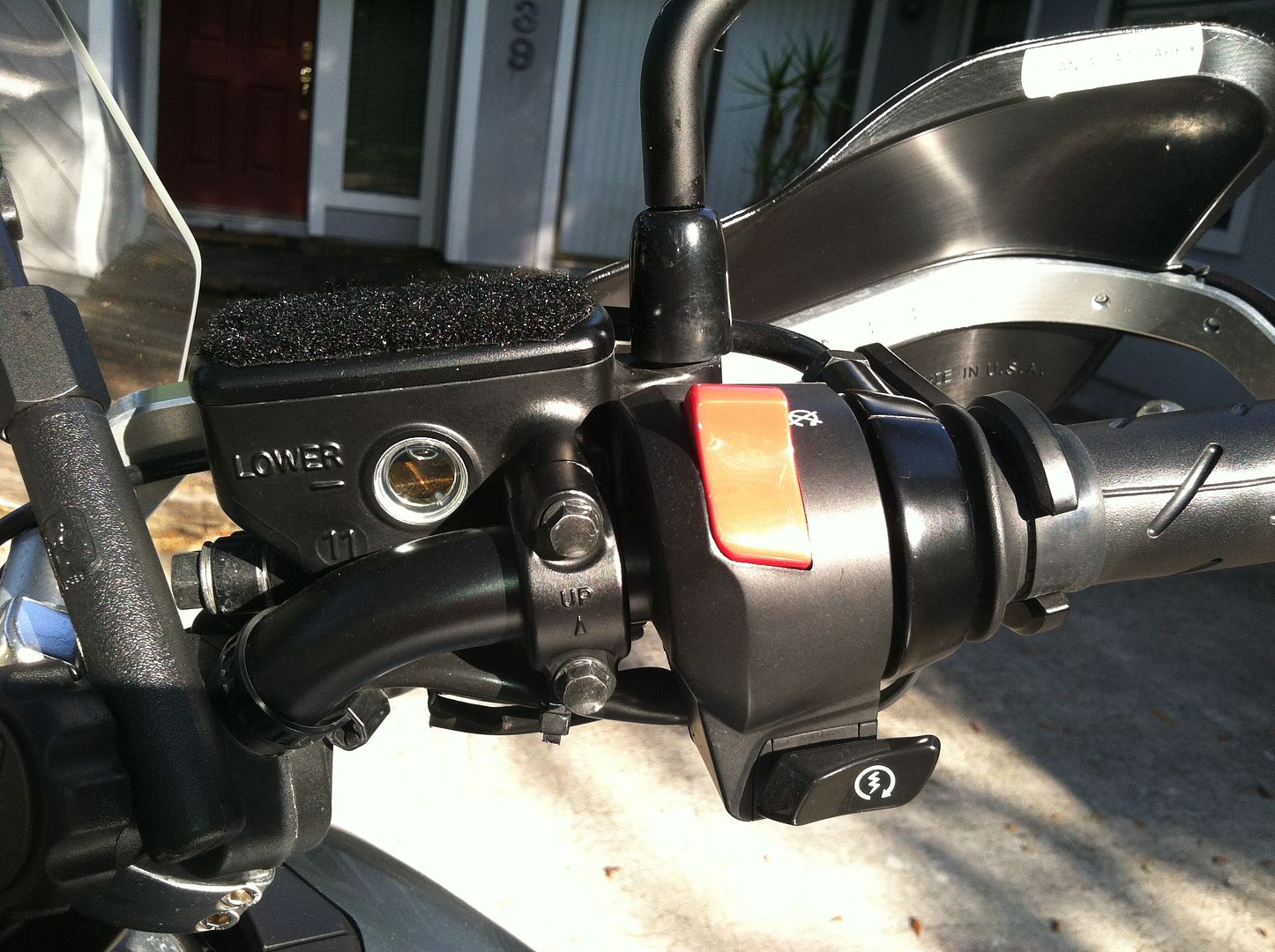dduelin
Site Supporter
I've had among the best throttle locks, BMW and Throttlemeister, and they create vacuum compared to the simple $20 Go Cruise because the latter works by setting a minimum speed without any fiddling. It's half a cruise control and is literally a 1 finger set. Any throttle lock that uses a drag mechanism to set one speed is inferior to one that sets a minimum speed. I didn't like the Go Cruise 2 because the adjustment thumb wheel makes it about 3 times thicker than the original, which works without the thumb wheel. I can see that some bikes may have grips too small or too large in diameter for the original GC to work but the Honda NCX isn't one of them.Just ordered an Atlas throttle lock
I'm fed up with the GoCruise 2, part of the reason may be the fact that my brake level is not a factory brake lever, so I don't have the same notch in mine that the GoCruise type units fit into. Part of the reason is that it strains my hand to engage and I fiddle with getting it set for a long time before I'm reasonably happy. Once set it actually works, but it takes way too long for me to get it set to my satisfaction. Atlas sets easy and adjusts easy.
Anyone want a GoCruise 2 unit? I actually have 2 of them. One is still in the package.





